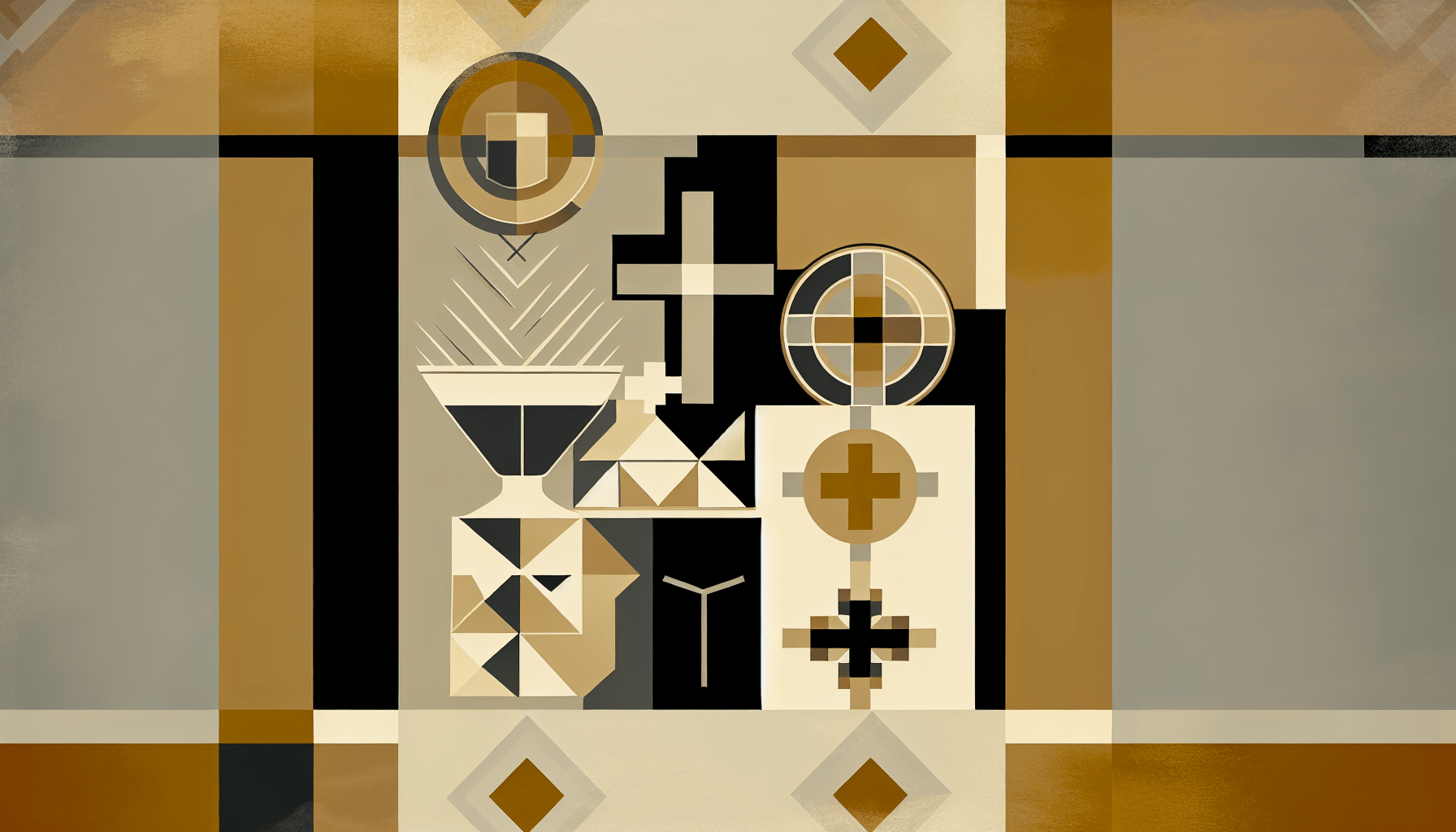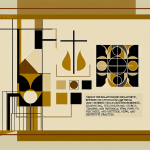Catholicism Fasting
Fasting is a deeply rooted tradition in Catholicism, serving not only as a spiritual discipline but also as a means of drawing closer to God. For many Catholics, fasting is a time of reflection, penitence, and growth in faith. In this blog post, we will explore the significance of fasting in Catholicism, its historical context, the different types of fasting observed in the Church, and practical tips for implementing fasting in your spiritual life.
The Significance of Fasting in Catholicism
Fasting in Catholicism is more than simply abstaining from food or drink; it is an act of devotion and self-denial that invites believers to deepen their relationship with God. The practice is rooted in both Scripture and Church tradition. Through fasting, Catholics express their reliance on God and acknowledge their need for spiritual nourishment.
Spiritual Benefits of Fasting
Fasting is believed to provide numerous spiritual benefits, such as:
- Enhanced Prayer Life: When combined with prayer, fasting can be an immensely powerful spiritual tool. It allows individuals to focus their minds and hearts on prayer, drawing them closer to God.
- Increased Humility: The act of fasting cultivates humility, reminding Catholics of their dependence on God rather than worldly comforts.
- Internal Reflection: Fasting encourages introspection and contemplation, allowing for personal growth and a clearer understanding of one’s spiritual journey.
Historical Context of Fasting in Catholicism
Fasting has a longstanding history within Catholicism, deeply intertwined with biblical traditions. The practice dates back to the Old Testament, where figures like Moses and David engaged in fasting as a way to seek God’s favor and guidance.
Fasting in the Bible
In the New Testament, Jesus Christ Himself fasted for 40 days and nights in the wilderness, setting an example for His followers. During this time, He prepared for His public ministry and demonstrated the importance of spiritual preparation.
The early Church continued this tradition of fasting, often using it as a means of preparing for significant liturgical events. For instance, the 40 days of Lent serve as a period of penance prior to the celebration of Easter, mirroring Jesus’ time in the desert.
Types of Fasting in Catholicism
The Catholic Church recognizes various forms of fasting, each with unique guidelines and intentions. Here are some of the most common types of fasting observed by Catholics:
1. Lenten Fasting
Lent is the most well-known and widely practiced period of fasting in Catholicism. Lasting for 40 days, Lent begins on Ash Wednesday and concludes on Holy Saturday, the day before Easter. During this time, Catholics are encouraged to fast and abstain from certain foods.
Guidelines for Lenten Fasting
- Ash Wednesday and Good Friday: On these days, Catholics are typically required to fast, meaning they are allowed only one full meal and two smaller meals, which together do not equal a full meal. Additionally, they abstain from meat.
- Fridays in Lent: On all Fridays during Lent, Catholics are called to abstain from meat as a form of penance.
2. Eucharistic Fast
The Eucharistic fast is observed by Catholics to prepare for receiving the Holy Communion. Traditionally, Catholics were required to fast from all food and drink (except water and medicine) for one hour before receiving the Eucharist. This practice has evolved, and the current requirement is to fast for at least one hour prior to reception.
3. Personal Fasting
Many Catholics also engage in personal fasting, choosing specific days or periods within their lives to draw closer to God. This form of fasting may take place during personal crises, significant spiritual milestones, or moments of seeking guidance and clarity.
How to Implement Personal Fasting
- Choose a Focus: Determine your purpose for fasting, such as a particular prayer intention or spiritual goal.
- Set Boundaries: Decide what will constitute your fast. This could mean abstaining from certain foods, activities, or distractions.
- Pray: Integrate prayer into your fasting routine. Use this time to reflect, meditate, and seek guidance.
Practical Tips for Fasting in Catholicism
Engaging in fasting can be challenging, especially for those who are new to the practice. Here are some practical tips to help you successfully incorporate fasting into your spiritual life:
1. Start Slowly
If you are unfamiliar with fasting, consider starting small. Begin by skipping one meal or abstaining from a specific food item rather than committing to an extensive fast. Gradually increase the duration or intensity of your fasting as you become more comfortable with the practice.
2. Focus on Prayer
During your fasting periods, prioritize prayer and reflection. Use this time to connect with God, read Scripture, or engage in meditation. Keeping your mind centered on God will enhance your fasting experience and help you remain committed.
3. Stay Hydrated
If you are fasting from food, be sure to drink plenty of water to stay hydrated. Proper hydration is essential, especially during longer fasting periods.
4. Seek Community Support
Consider joining a fasting group or participating in parish events focused on fasting and prayer. Connecting with others who share similar goals can provide encouragement and strengthen your commitment.
The Role of Fasting in Modern Catholic Life
Fasting in Catholicism remains relevant today as believers seek to deepen their faith and connect with God amid busy lives full of distractions. In our modern world, fasting is a powerful tool for spiritual growth, reminding Catholics of the importance of discipline, humility, and reflection.
Fasting in a Digital Age
In our technology-driven society, consider extending your fasting practice beyond food. Many Catholics choose to fast from social media or digital distractions as a way to foster deeper connections with God. By unplugging from the digital world, individuals can focus their attention on prayer and community, nurturing their spiritual lives.
Embracing Spiritual Growth
Fasting should not be viewed solely as a burden; instead, it can be an empowering experience that leads to spiritual transformation. Embrace the opportunity for growth, knowing that each fast is a step toward a more profound relationship with God.
Conclusion
Fasting is an integral part of Catholicism, enriching the spiritual lives of believers by fostering a deeper connection to God. From the historical and biblical foundations of fasting to the various forms practiced today, Catholics have ample opportunities to embrace this sacred tradition. Whether during Lent, through personal fasting, or by participating in the Eucharistic fast, the benefits of fasting extend beyond mere abstention from food.
As we reflect on the practice of fasting in Catholicism, it is essential to remember its ultimate purpose: to draw closer to God and grow in faith. In a world that often prioritizes instant gratification, fasting serves as a reminder of the profound spiritual nourishment that can be found in self-denial, humility, and devotion. Embrace the journey of fasting and allow it to transform your spiritual life, deepening your connection to faith and community.




